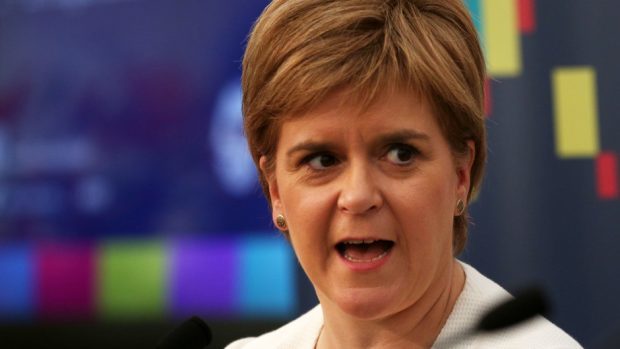The eminent British businessman Nubar Gulbenkian once remarked that the best number for a dinner party is two – “myself and a damn good head waiter”.
Nicola Sturgeon certainly agrees.
Yesterday, presenting her programme for government, she feasted on a deluge of dishes with an enthusiasm more akin to the Tour D’Argent than Holyrood.
Leering over the despatch box, she took a cheery pride in every aspect of her party’s plans for the coming years.
Every plate ‘a la Nicola’, it seemed, was special.
And why not? Moves to cut the attainment gap, to boost capital spending and to rework social security with “dignity and respect” all sound eminently palatable.
Wash it down with a bid to build 50,000 affordable homes by 2020 and yes, we are in for a most agreeable session.
But, despite the delicious offerings, all anyone was interested in – with sad inevitability – was independence.
As Tory leader Ruth Davidson pointed out, it was mentioned only briefly – a side, perhaps, rather than a main.
Yet it shaped the debate nevertheless, as it always seems to.
Ruth said the first minister was only adding to economic uncertainty post-Brexit by floating the possibility of a second referendum.
Then Scottish Labour’s Kezia Dugdale joined in, albeit in more moderate and considered tones.
By the time the Liberal Democrats’ Willie Rennie entered the fray the cacophony of orders would have overwhelmed even the most elephant-eared of waiters. Everyone wanted a piece.
Of course, as Mr Rennie pointed out in an amusing analogy about a teenager caught smoking, it is a myth that unionist parties are the only ones who talk about independence.
Yet, therein lies the problem.
It is, of course, the job of government to focus on more than independence. But it is also the job of the other parties to scrutinise the entire menu – not just a single dish.
On the basis of yesterday, that seems increasingly unlikely.










